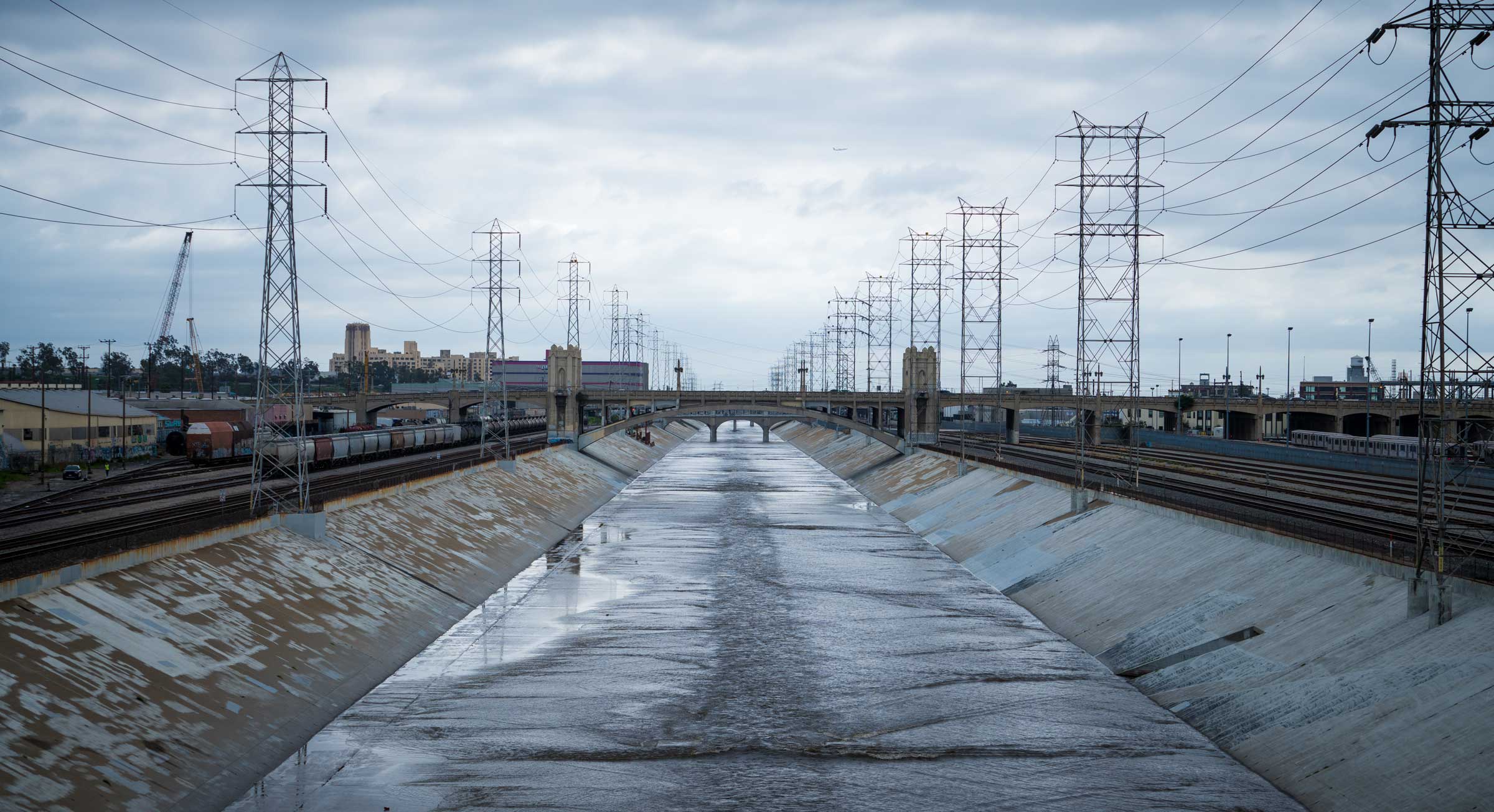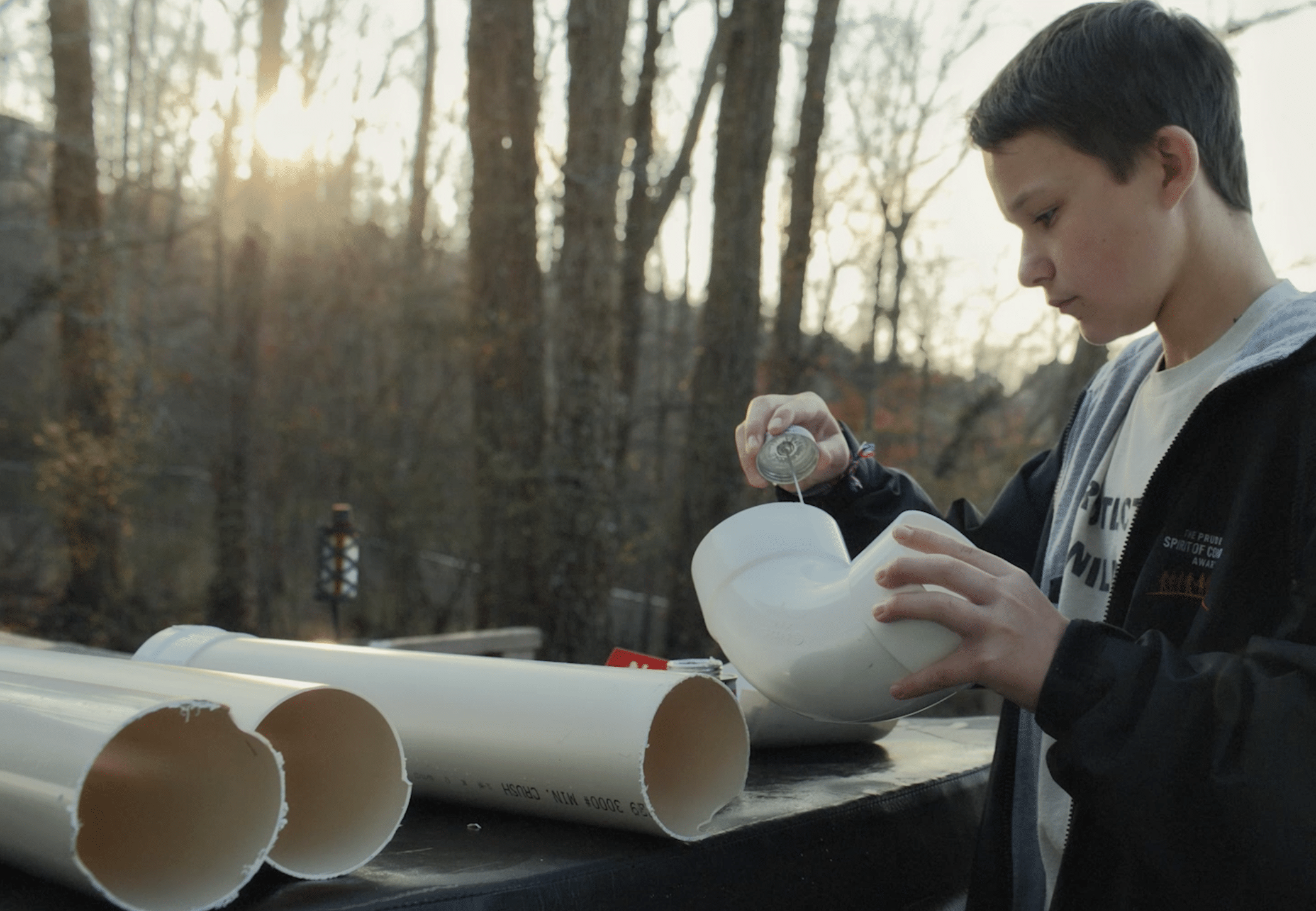Thames River: How the River Came Back to Life
RIVERS ARE LIFE
Conversations around climate change and the state of our planet are often filled with dread. While there is much to be concerned about, there is also plenty to be hopeful for. Thanks to the efforts of scientists, activists, and local communities, we’re witnessing positive change around the world–even in one of our planet’s historically most polluted rivers.
The Thames River runs through central London and Oxford in the United Kingdom. It is an essential asset to those who live along its shore. It not only provides drinking water and vegetation but also protects homes from coastal flooding. However, constant pollution has historically interrupted the helpful and healthy natural properties the river hosts.
Before the rise of the industrial revolution, the Thames was home to a vibrant biodiverse ecosystem, with a plethora of thriving wildlife such as salmon. But between factory runoff and early waste management methods in an ever-growing city, the water quality became inhabitable for the native species and even a dangerous catalyst of disease. The 215-mile-long river was declared biologically dead by the Natural History Museum in 1957.
The story doesn’t end there, however. Despite the dismal outlook the Thames’s ecosystem once faced, biodiversity has returned. Thanks to improvements in waste management, regulation of industrial effluents, and intentional restoration of native seagrasses and critters by community advocates, local scientists are once again seeing native species such as porpoises in the river. Late in 2021, the Zoological Society of London (ZSL) declared the previously biologically dead Thames river ecologically active again. This is a hopeful sign that the human damage done to river ecosystems can be improved, and even reversed, with care and initiative.
The Thames River didn’t get better on its own, or overnight. Restoration initiatives took place throughout the late 19th and 20th centuries, and continue today. It took the work of the ZSL and local communities to advocate for improvements in water treatment and conservation efforts to implement impactful restoration practices.
It’s important to note that river restoration methods can’t last without infrastructure changes. Improvements in sewage treatment in the 20th century led to significant changes in water quality. For effective long-term solutions, the pollutants (such as untreated sewage runoff or factory waste) must be eliminated. This is accomplished in part by proper wastewater treatment infrastructure, and continuous community education and activism to legislate harmful practices and chemicals out of its drinking water.
The Thames project is an ongoing initiative that involves significant shifts in infrastructure and extensive habitat conservation efforts. However, the scientists fighting for river restoration now face the complications of climate change. Ongoing restoration methods must adapt to account for the effects of rising temperatures on the ecosystem.
The successful restoration of the Thames is already being used as a template for river restorations around the world. In a 2021 study, The Hindon River in Meerut, India, was severely polluted like the Thames was several decades ago. The study looked into the possibility of using the same methods that were used to restore the Thames. The Hindon River has a similar urban growth but differentiates in its environment, and it’s this social environment surrounding the river that provides critical context, as water pollution is often a result of poor infrastructure and careless factory runoff.
The study concluded that the restoration methodology of the Thames could and should be applied to the Hindon, with the addition of appropriate structural measures for the surrounding area. This sets an exciting precedent for communities affected by polluted natural resources. With proper funding, regulations, and public involvement, short and long-term restoration initiatives can succeed for the benefit of all.
The good news is that you don’t have to be an urban planner or scientist to be part of river restoration. Community involvement and public education is a major factor in environmental improvement. Just being aware of the importance of biodiversity and healthy rivers is a step in the right direction. Everyone can advocate against dangerous agriculture practices and irresponsible factory waste management.
Restoration and conservation efforts are multi-faceted and ongoing. It isn’t just about putting on your waders and dredging until the water is clear. While clearing plastic and fostering a home for local wildlife is important, systematic change is as well. River restoration also involves advocating for investments in waste treatment and regulations on the industry so we may fight not only the symptoms of river pollution but the cause itself.
The ongoing Thames restoration is a beacon of hope for environmental scientists and community activists alike. It’s a powerful reminder that nature can heal itself if we stop destructive practices and foster conditions for biodiversity to thrive.
Share this
You May Also Like
These Related Stories

Los Angeles River: The Concrete River

The Conservation Kid’s Fight Against Fishing Waste

